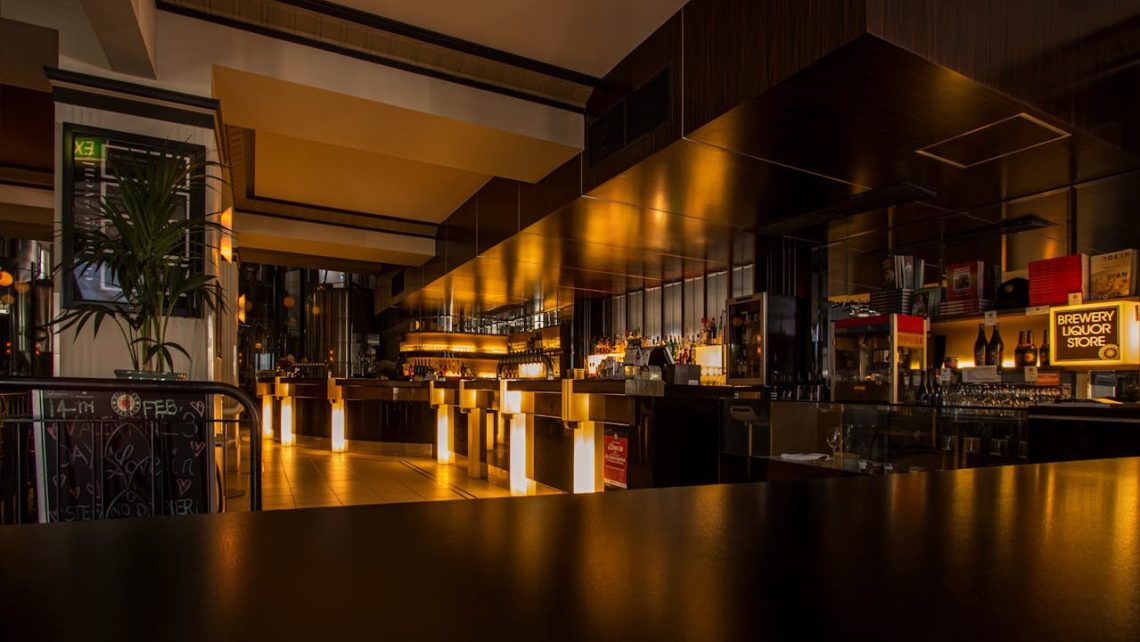When we discuss the allure of dining out, it is often the flavours, the presentation of dishes, and the service that take centre stage. However, there is another key ingredient that contributes to the memorable experiences created in restaurants: the acoustics. As any seasoned restaurateur knows, sound plays a pivotal role in shaping the dining atmosphere, influencing the overall customer experience as much as the culinary delights on offer.
The Impact of Acoustics on Dining
The ambiance of a restaurant can encourage patrons to linger over their meal or, conversely, make them feel rushed and agitated. Consider two dining scenarios: in one, you’re trying to enjoy a romantic dinner, but you can hardly hear your partner over the din of clashing cutlery and boisterous conversations. In another, the sound environment is so well-calibrated that the murmur of chatter blends into a pleasant background hum, complementing your intimate conversation and enhancing the taste of your meal.
Sound and Sensory Perception
Research suggests that sound affects not only our mood but also our taste perception. A study published in the journal ‘Food Quality and Preference’ found that certain types of music could enhance the taste of food, making it appear more flavourful. The acoustics of a space can quite literally change how we perceive the nuances of what we eat, making restaurant acoustics an integral part of the dining experience.
Designing for the Ear
Creating an optimal acoustic environment requires intentional design and professional equipment such as a type 1 sound level meter. Materials used in the restaurant’s interior can absorb, reflect, or dampen sound. Soft furnishings and carpets reduce noise levels, while hard surfaces like glass and concrete can cause sound to bounce, increasing reverberation and noise.
Smart acoustic design involves using various materials and elements throughout the space to balance the soundscape. By incorporating sound-absorbing panels, acoustic-friendly furniture, and strategically placed plants or barriers, restaurants can create zones within the dining area that cater to different auditory preferences – from lively to tranquil.
The Right Volume for the Right Vibe
The control over decibel levels is another fundamental aspect. Background music is a common tool used to enhance dining atmospheres – the genre, volume, and tempo can all affect eating patterns and social interactions. A fine dining establishment might opt for gentle classical music to create an aura of sophistication, whereas a bustling street-food joint may pump energetic beats to match its vibrant vibe.
Challenges in Achieving Acoustic Comfort
Despite its importance, achieving the right acoustics can be challenging. Modern design trends often favour minimalist aesthetics which, while visually striking, are not always conducive to comfortable soundscapes. Restaurants located in historically older buildings may also face architectural constraints.
With burgeoning interest in communal and open-concept dining, maintaining a sound environment that accommodates both private conversation and the communal experience adds to the complexity of acoustic design.
The Future of Restaurant Acoustics
Innovative technologies and materials are paving the way towards better soundscapes in public spaces. From sound-zoning technology, which can contain sound within specified areas without physical partition, to new materials that are visually appealing and highly sound-absorbent, the future of restaurant acoustics is promising.
Conclusion: A Feast for the Ears
Present-day diners are seeking comprehensive experiences that delight all the senses, including their hearing. As the dining industry evolves, so too must the approach to restaurant design – marrying the visual with the auditory to craft spaces where conversation flows as freely as the wine and where each clink of a glass is part of an orchestrated symphony that enriches the flavours on the plate.
The adage ‘we eat with our eyes’ is universally recognized, but perhaps it’s time to appreciate that, in the world of dining, we also ‘feast with our ears’.


